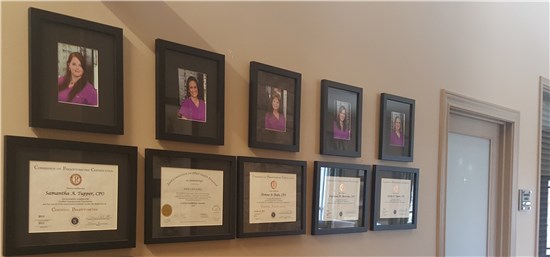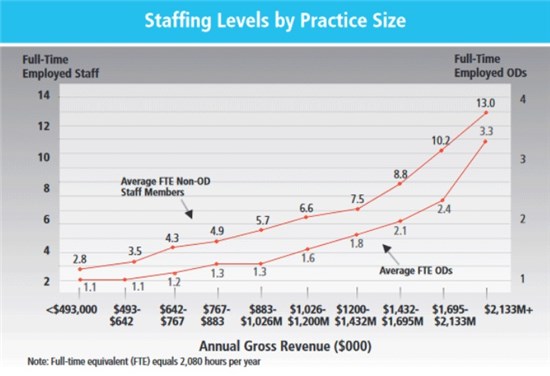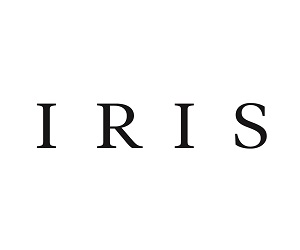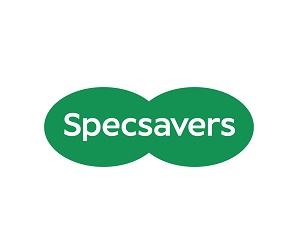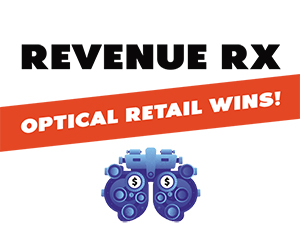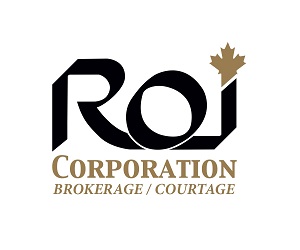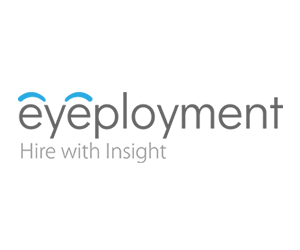
SYNOPSIS
Adding employees can boost overall profitability–when the timing is right and the selection process is efficient. Learn key steps to hire well.
ACTION POINTS
DETERMINE HIRING NEED. When your staff is overloaded, look at the financials to see if the numbers justify including another staff member. Employee expenses should be around 20 percent of gross revenue.
GET INPUT FROM EXITING STAFF. Ask the staff member to write a description of what they do and make notes for the new team member. Discuss good applicants with them to get their opinion.
NARROW DOWN APPLICANTS. If you have 100 or more applicants apply, call about 20 of those for a phone interview. Have about five in for in-person interviews with the office manager.
My practice prides itself on the high level of customer service that we deliver to patients. That service begins with recruiting the right employees to serve patients. Over the years we have developed a system to decide when new employees are needed, and then to find and hire the people we feel are best matched with our practice mission and patient needs.
Our practice has grown over the past 16 years to over $2 million in gross annual revenues, 11 full-time employees, one full-time OD and two part-time ODs. We have tried to stay ahead of, and encourage, growth by hiring customer service-oriented personnel when opportunity warranted it, and the financial metrics indicated it was the right move.
Our office manager is in charge of our hiring process. She approaches me when she feels there is a need for a new staff member and we discuss the situation. If the numbers confirm the need for a new hire, she begins the process, keeping me updated, and consulting with staff members who will be helpful in the decision.
Staff photos and certifications in the hallway near the practice’s pre-testing room. Dr. Cass says it is important to carefully screen applicants, by e-mail first, then by phone, and then up to two times in person. His office manager, and sometimes the out-going employee, are involved in the hiring process, in addition to himself.
DETERMINE THE NEED TO HIRE
Our practice focuses heavily on customer service, so when we find that our staff is overloaded we begin to look at the financials to see if the numbers justify including another staff member. One of the first numbers that we look at is employee expense.
Employee expenses should be around 20 percent of gross revenue. While not a hard number, it can serve as a guide–anything lower may indicate that our staff is stretched too thin, and anything higher may indicate inefficiency.
Staff are usually quick to tell the practice manager, or owner, when they think additional staff are warranted. When this occurs in our office, it would be discussed at our monthly staff meeting and we would look at the numbers with the staff to see if an additional employee was justified.
I always point out to staff that if we hire an additional staff member, we expect revenues to go up, and therefore, would increase monthly collection goals. Since we bonus our staff on monthly collections, they are less likely to make an unnecessary recommendation for additional staff.
We also look at gross revenue per staff hour. Management & Business Academy statistics list the median revenue per staff hour at $83. Anything above $100/staff hour could indicate the staff is stretch thin, and anything below $70 could indicate inefficiency. Additionally, a rule of thumb is four staff per full-time equivalent OD. These numbers are just guides, though, and practices like ours, that focus on customer service, are not afraid to be slightly over-staffed.
PROTECT YOUR PRACTICE: KNOW WHAT NOT TO ASK
Languages spoken. In general this question should be avoided unless the need to communicate in a given language is essential, but even in that case, be careful not to imply that it is a requirement.
Age. The Age Discrimination in Employment Act technically applies only to employers with greater than 20 employees. Despite this restriction, regardless of staff size, it is a very bad decision to ask an applicant’s age, or make any hiring decision based on the stated or perceived age of the applicant.
Medical history. There is no universal prohibition on obtaining such information, but the Genetic Information Non-Discrimination Act of 2008 specifically prohibits any employment decision based on any information obtained regarding applicants genetic data, medical or family medical history. Obtaining medical information only sets up an employer to explain hiring decisions they would likely wish to avoid having to explain.
Criminal arrest and conviction records. This is a growing area of discrimination retaliation, and should be approached with caution. The Equal Employment Opportunity Commission has challenged the use of background checks, and is encouraging a “Ban the Box” movement, eliminating any potential investigation into an applicant’s records. Unless a mandate of state law, arrest record checks are a bad idea, and criminal checks should be conducted only if allowed by state law, and then only if truly necessary.
Credit checks. This should be avoided unless the position the applicant is interviewing for would require such scrutiny. The Federal Fair Credit Reporting Act does not prohibit obtaining credit checks on job applicants, but it does establish that an employer has liability if conducting a credit check in any way could, or does, adversely affect the applicant’s credit status. Some states have specific laws related to credit checks.
Aptitude tests. While not illegal, or even a bad idea, you need to be careful you are not imposing a discriminatory situation based on the construction of the test. Basic math, spelling or general information tests are all fine as long as they do not pose an advantage to one applicant over another.
Drug testing. Legality and application of drug testing for job applicants is almost exclusively regulated by State law. In the absence of State-specific law, employers should be careful in the application of drug testing for applicants. In most cases, it would be advisable to mandate drug testing only after a job offer is made with that offer contingent on a negative drug test outcome.
CREATE & IMPLEMENT A SYSTEM TO HIRE PERSON YOU NEED
When a new staff member is needed, we follow a step-by-step approach for searching and hiring. Having a system in place is essential, as the average job listing brings 250 resumes, with each requiring five minutes to sort through, according to Local Eye Site’sreport, The Real Cost of Unqualified Applicants. That totals 20+ hours of work basically to sort out the unqualified.
POST OPPORTUNITY. We use a local site called www.southeasttexas.com. A single ad is free, premium ads, or multiple ads, are available for a small fee. We give a clear description of the job, and ask for applicants to e-mail a resume to our office. We also ask existing staff members to encourage people they think would be a good fit for the practice to apply.
SUBMIT BY E-MAIL. All the resumes submitted by e-mail are reviewed by my office manager, while any resumes submitted by fax or mail are shredded. The ability to follow instructions and use a computer are job requirements.
CALL FINALISTS. Applicants with resumes that show promise are called for a phone interview. We typically call about 20 percent of the applicants who properly submit a resume.
NARROW FIELD. Applicants who do well on the phone interview are invited to the office for an in-person interview with our office manager.
MEET IN PERSON. Applicants who do well in the in-person interview are invited back for an interview with myself and the office manager.
BREAK A TIE. In the case of a tough decision, we might ask two applicants to come and work with us for one day and be paid for that one day. We let them know that it is also an opportunity for them to see if they would really like working in our office.
INVOLVE EXISTING STAFF IN RECRUITMENT
If an existing position is vacated under good circumstances (moving, taking another position elsewhere, wanting to be at home with children), we try to include the out-going employee in the process. We ask the staff member to write a description of what they do and make notes for the new team member. We would also discuss good applicants with them to get their opinion.
Having the out-going staff member sit in on the interview can be a good idea, however, it is generally not advisable to have the applicant “interview” with other members without the office manager present. The applicant can be introduced to the staff member as part of the interview process, but an applicant should not be left alone with a staff member who is not trained in what may or may not be appropriate to discuss with the applicant.
NARROW DOWN APPLICANTS
We often have 100, or more, applicants apply. We would typically call about 20 of those for a phone interview. We would usually have about five in for an in-person interview with my office manager.
We usually ask about salary requirements in the initial phone call. We confirm the amount needed at the in-person interview. We try to be very competitive with pay. We want to pay more than our competition, so that we get the best candidates. We also let potential applicants know that we have many perks and offer a bonus system which can typically boost income by the equivalent of almost $2/hour, or more, in a good month.
I think it is very important for the office manager to like an employee and take ownership of the decision to hire the employee. If a doctor makes a bad hire, it creates tension between the office manager and doctor, and it can be more awkward for the manager to approach the doctor about the mistake. However, if a manager makes a bad hire (which happens with even great office managers), the doctor can easily forgive the manager and move on in the hiring process.
I usually share my opinion with the office manager and let her know what I like at each step of the process. I review the resumes she picks, I talk to her about her notes from phone calls, and her notes from interviews, and give her my honest opinion on the in-person interview I am involved in. I stop just short of telling her who to hire. That was even true even when a friend of a friend applied for a job. The applicant made it all the way through the process, and it was down to the final two, before my office manager asked my opinion. She was hired, and has been a great employee.
Research from the Management and Business Academy, showing staffing levels according to practice size. Dr. Cass says he would always rather be slightly over-staffed than under-staffed, as having slightly too much staff gears the practice toward growth and ensures topnotch patient service.
CHOOSE DISCUSSION TOPICS FOR INTERVIEWS
Recommended discussion topics during the interview include describing the business to the applicant and the general aspects of the job they are considering, asking them about their past job experiences, asking them to describe their strengths and weaknesses as an employee and asking them to describe how they would handle particular job situations or challenges.
The goal of the interview is to get the applicant to talk, not to talk to the applicant.
The applicant interview process is a time to get to know the employee as a person and potential member of your team. We look strongly at communication skills, how the applicant carries themselves, their attitude and professionalism.
NARROW DOWN TO FINALISTS
We usually do two in-person interviews, which are an important part of our process. We ask for references, but don’t always call them since most applicants will choose people who will say great things about them. We are more concerned with past work experience, and would prefer to call a previous employer.
Obtaining references is a standard practice in the hiring process, but no applicant in their right mind would ever provide a reference who would not provide a stellar recommendation for the applicant.
We want to know from past employers if the employee was dependable, friendly, and got along well with other staff. When talking to a prior employer, simply asking if the applicant would be eligible for re-hire at their business is often the most telling piece of information.
RECRUITMENT RESOURCE: QUESTIONS FOR APPLICANTS
CLICK HERE to download a complimentary PDF with questions to ask applicants for employment in your practice.
HIRE FOR PERSONALITY & TRAIN FOR SKILL
Skills and experience can be a plus, but personality, and how they would fit with our team, count for much more. We can train someone to do most of the tasks in our office, and in fact, we often prefer to train them rather than work to correct habits or processes that don’t work for us.
We require all of our staff to be certified through AOA, ABO or JCAHPO. Employees not certified are not eligible for bonuses, so we provide full support for certification. We have training materials in the office, we will work with and tutor employees, and will pay for the first attempt at the certification exam. We also constantly train, partnering with vendors to provide training in our monthly meetings and taking staff to education meetings (in fact, we just took three staff to Vision Expo West 2016).
MAKE THE OFFER
My office manager calls to make the job offer. These are very pleasant phone calls usually, as the applicants who have made it through our process are sure they want to be employed by us, and therefore, happy to hear they have been chosen. We let the employee know that employment is probationary for the first 90 days, and that permanent employment will be offered after successfully completing 90 days.

PETER J. CASS, OD
is the owner of Beaumont Family Eye Care in Beaumont, Texas, and president of the Texas Optometric Association. To contact: pcassod@gmail.com



